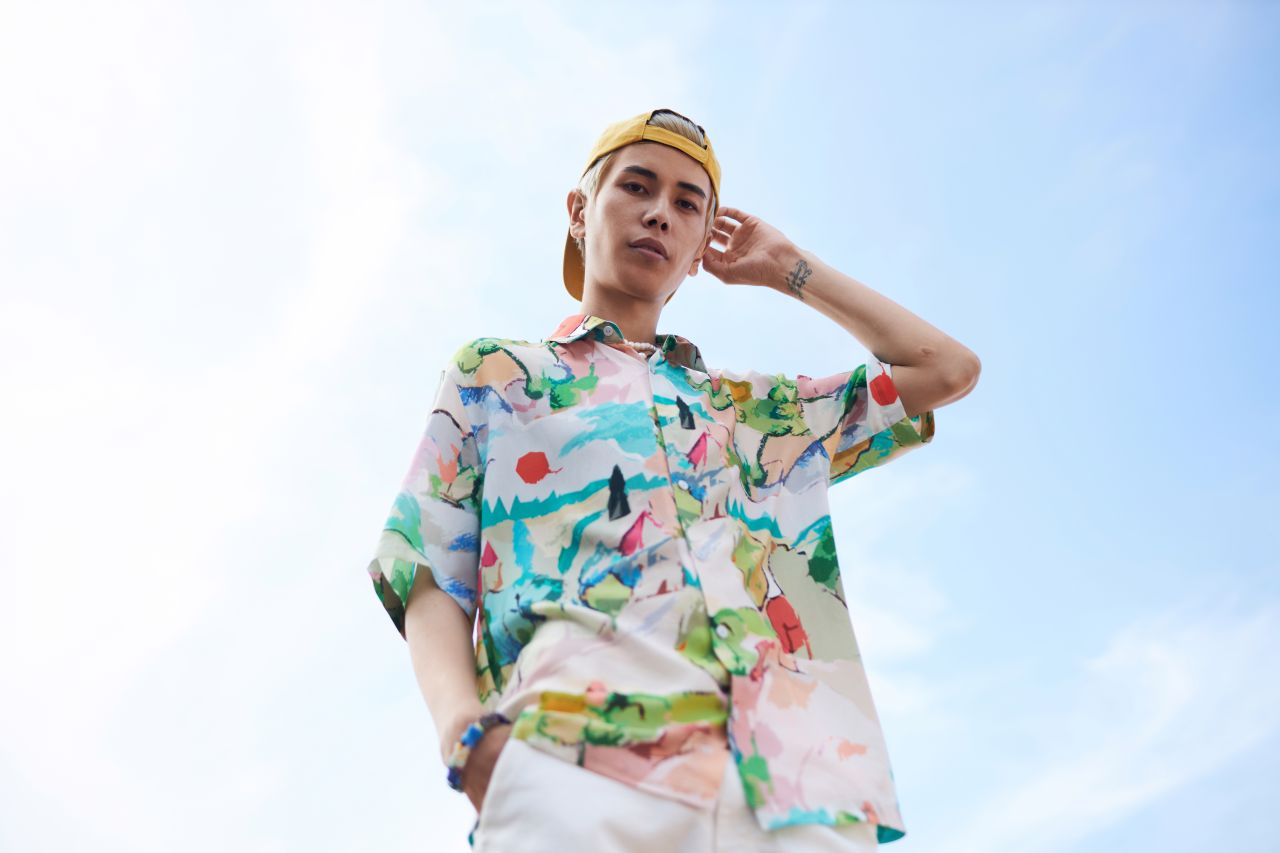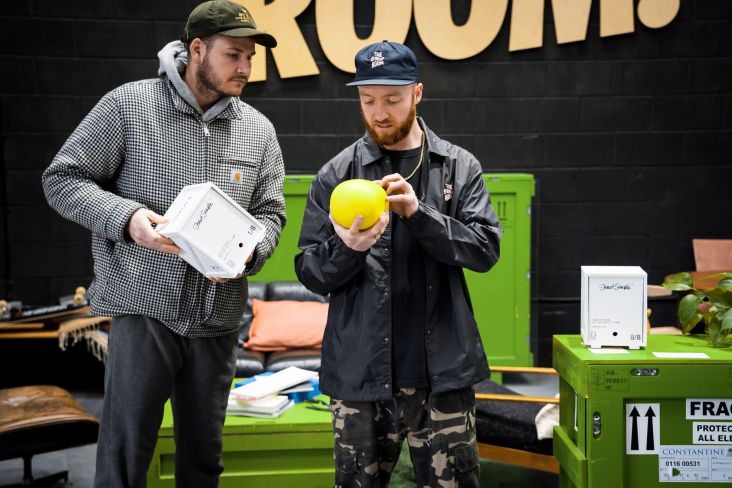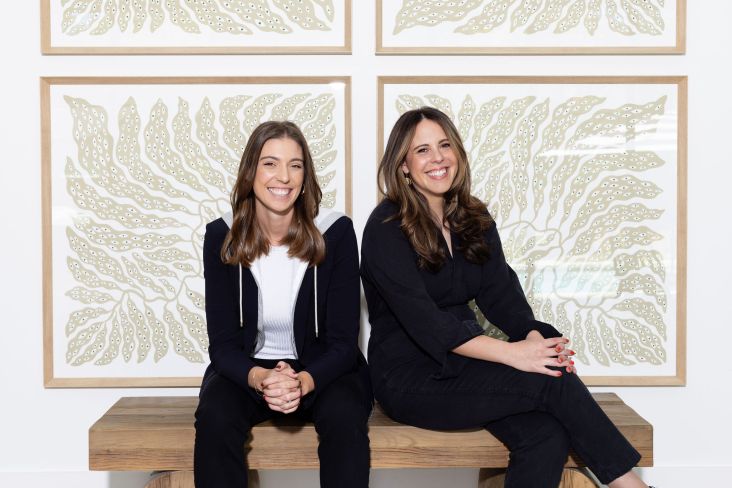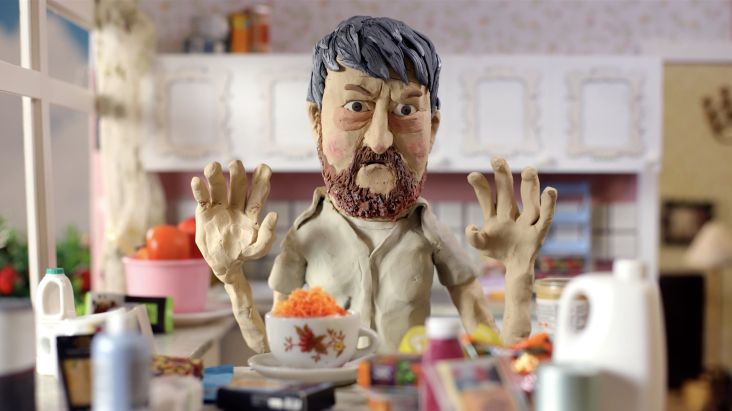Tips from a marketing expert on how to sell yourself as a graphic designer
Success as a graphic designer isn't just about the work itself. Creative industry expert Laura Carrick offers six invaluable tips to help you promote yourself and boost your career opportunities and earnings.

Image licensed via Adobe Stock
Working in graphic design, you're constantly told that to earn more money, get more respect and work on more prestigious projects, you need to sell yourself. If you're in a job, you must sell yourself to your managers and colleagues. If you're freelance, you need to sell yourself to clients. But either way, you may well be thinking in frustration: "I'm a graphic designer, not a marketing expert!"
We've all been there. But, like it or not, in 2023, just being a great designer isn't enough. You also have to be able to sell yourself, keep up to date with social media, maintain your own website, be your own IT, be your own HR department, network like crazy, and somehow find time to eat and sleep. To help you out, we've gathered some top advice from creative industry expert Laura Carrick.
Laura has over ten years of experience in the creative and marketing realm, working with small businesses, designers and freelancers to boost brand awareness and performance. Her current role as global head of marketing and communications at Shillington Education puts her in touch with some of the industry's best experts and the most talented new graphic designers. Here, we share her best tips for promoting your graphic design practice in 2023 and throughout next year.
1. Start simple
There's so much to consider when it comes to marketing you often won't know where to begin. Laura's advice? Start simple.
"The main goal of marketing is sales, whether you're selling a product, a message, a lifestyle or, in this case, graphic design services," she explains. "Either way, you need to work out: Who is your target audience, and what are you offering them? This must be clearly defined because everything else builds off this answer."
Struggling to find that answer? "I always ask people or businesses: what are your biggest strengths, so what can we use to leverage them or the brand, and what are some weaknesses that may be keeping you from potential?" says Laura. "Weaknesses are just opportunities to turn something that may be considered overwhelming, such as social media, into a formulated process with intent and structure that will set them up for success. It's usually by evaluating these simple questions you start to see where and how a marketing strategy could be implemented."
2. It's not always about followers
In the social media age, it's easy to fall victim to the idea that self-promotion is about increasing your follower count. But actually, it's not that simple. Look at some of the industry's biggest names, for example, and often, they have fewer followers than relative nobodies.
That doesn't mean having a lot of followers is bad in itself, of course. But for most graphic designers, Laura argues, it should necessarily be the end goal.
"People are always so focused on follower counts or having the trending TikTok or Instagram account," she says. "In fact, it's one of the number one questions I receive: 'How do we increase our followers?' And yes, this approach does work for many creatives and businesses, and I always encourage sharing content and personality on social media platforms. However, it does require a lot of time, energy and focus that may not even be targeting the right audience for your business."
Again, it's time to ask yourself some important questions. "Do high-end clients care about your Instagram? Probably not." So how do you get to high-end clients? Laura's answer is, in a nutshell, "Networking and being someone nice to do business with."
"Most positions in the creative industry are filled through networks," she points out. "That's why there are so many recruiters in this realm. Being proactive is key, and marketing yourself is more than just connecting with someone on LinkedIn and hoping for the best. Reach out to creatives you admire and ask if you can buy them a coffee. Go along to local creative events. Ask your network for some friendly favours. Email intros can go a long way."
In other words, investing time into your creative community (rather than randoms online) is the best return on investment. "When a client is thinking about someone to engage on a project, they're not thinking about your curated Instagram," she reasons. "They're most likely being referred to you by another designer who may not have the capacity, another client who loved working with you, or someone you met at a networking event on which you made a lasting impression. The phrase 'It's not what you know, it's who you know' is a cliche for a reason."
3. Find the right balance with social media
This doesn't mean you should ignore social media altogether, though. It's more a question of striking the right balance regarding how much time and effort you put into it. "This should be entirely dependent on who your target audience is and, of course, your marketing budget," Laura says.
Do it right, and it can become a valuable part of your self-promotion mix. "Social media marketing is a space to showcase your brand personality, your values as a creative, and the human behind the work," says Laura. "Good people just want to work with other good people, so when planning out your social media strategy, I'd suggest thinking about what parts of your brand you want to showcase... other than just your final, polished portfolio of work."
4. Treat yourself like a client
When you've been laid off and are trying to re-enter the job market, marketing yourself can be tough. The same goes for being a freelancer when work dries up. In both cases, says Laura, you'll probably not be in the best headspace.
"So first, I think it's important to acknowledge how disruptive this can be to your life, livelihood and overall self-confidence. It's a tough market out there, and it can feel really out of our immediate control."
How, then, do you find a way out? "Give as much attention to yourself as a client in this situation as you would if you were getting paid," says Laura. "Update your portfolio with your latest work and add those case studies you've been putting off for months. Ensure your resume is relevant for the roles you're interested in applying for because it's probably changed a lot since you last were looking for a job. Ensure your LinkedIn bio, skills, and achievements are current. These are your main marketing tools, so they need to be as polished as work you'd hand to a client."
Also, she adds, remember to boast about yourself a little bit. "This advice was given to me earlier in my career because I can be quite shy by nature," Laura reveals. "And some days, it's still a work in progress. All the amazing results you've achieved for clients… you did that! Clients want to know what they're investing in, so make sure you talk about it. Because if you don't, someone else will steal your thunder."
5. Use AI as a tool
If all of this sounds like hard work, then Laura has a tip: use AI to speed up your marketing efforts. But if that idea freaks you out, don't worry: you're not alone.
"I was daunted in the beginning as well," admits Laura. "But one of the biggest values I have seen in integrating AI tools into marketing activities is helping out in areas that may get overlooked because a person isn't overly confident in that particular task.
"For example, AI tools like ChatGPT can help with writing tasks, such as case studies on a design portfolio, social media captions or LinkedIn bios. I like using Jasper because it learns your tone of voice. You can ask ChatGPT simple marketing questions, too, such as how to integrate better SEO practices into your website. It can also help you write a press release or media pitch for work you may want to get published. These are all simple tasks that freelancers or small businesses may not have the budget for."
6. Be yourself
The advice to 'be yourself' might sound glib. But actually, it's central to the success of your self-promotional efforts. "It sounds kind of corny, but people succeed when they're true to themselves and their clients," stresses Laura. "Advice we always give to our students at Shillington when they graduate as fresh designers is to stay humble, kind and curious. Sign up to email newsletters on design and marketing, listen to expert podcasts, buy your friends in marketing a coffee and ask for some advice; we're everywhere!"
In short, you need to be authentic, intentional and organised in your approach to marketing yourself. "Creators on TikTok influence us to buy stuff because we align with them as a person, their aesthetic and their values," she points out. "Well, the same goes for creative services. Clients want to work with people who align with their values."
Finally, she adds, "Marketing is always evolving, always challenging and always presenting new ways we communicate. Marketing doesn't just happen independently; it requires time, effort and sometimes blood, sweat and tears. However, you will reap the rewards when you land your dream job or client."









](https://www.creativeboom.com/upload/articles/86/862919952c0ad18439004228895a431dc6e45ffc_732.jpg)











